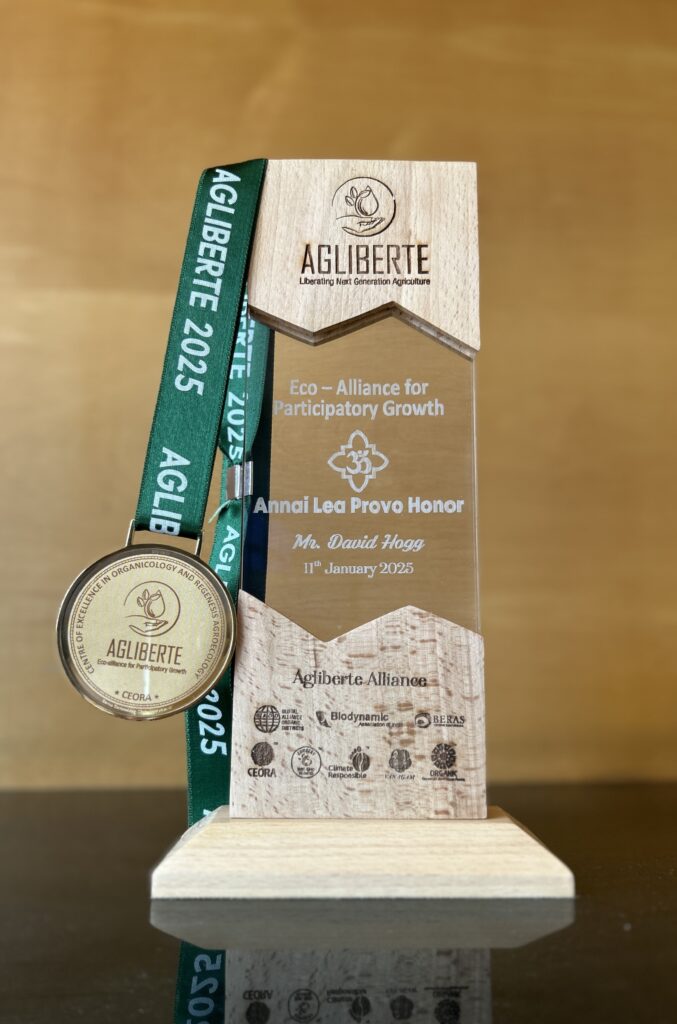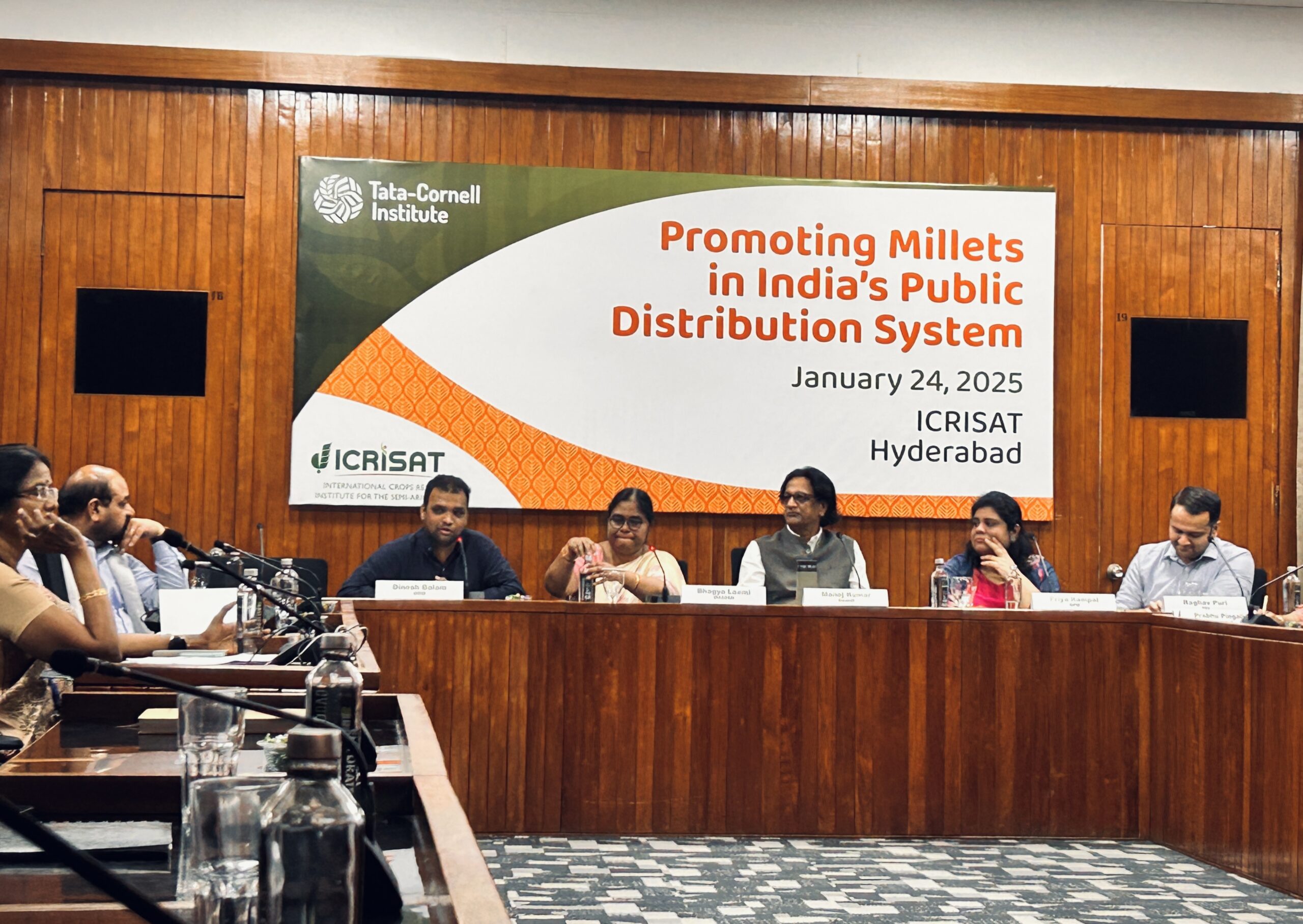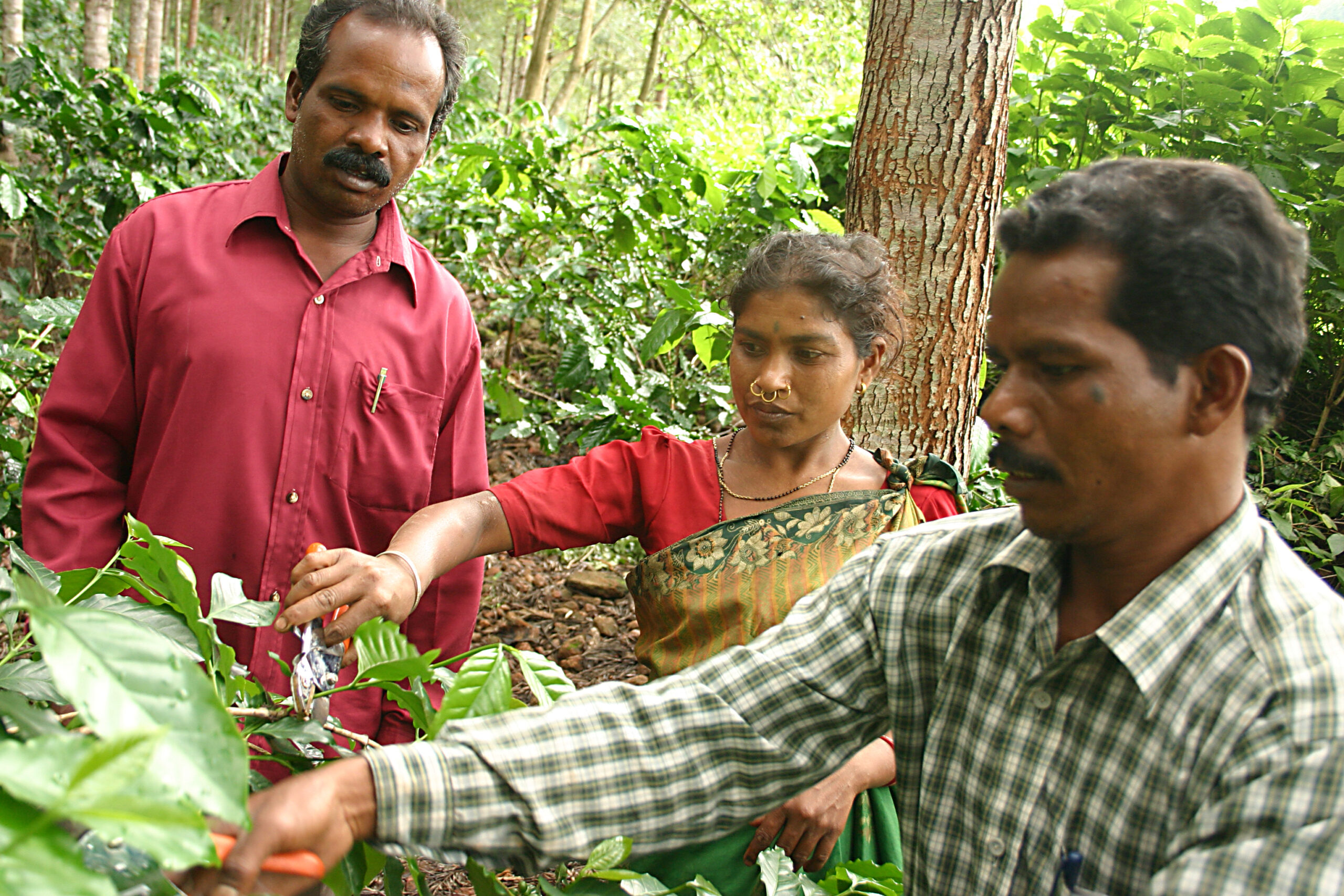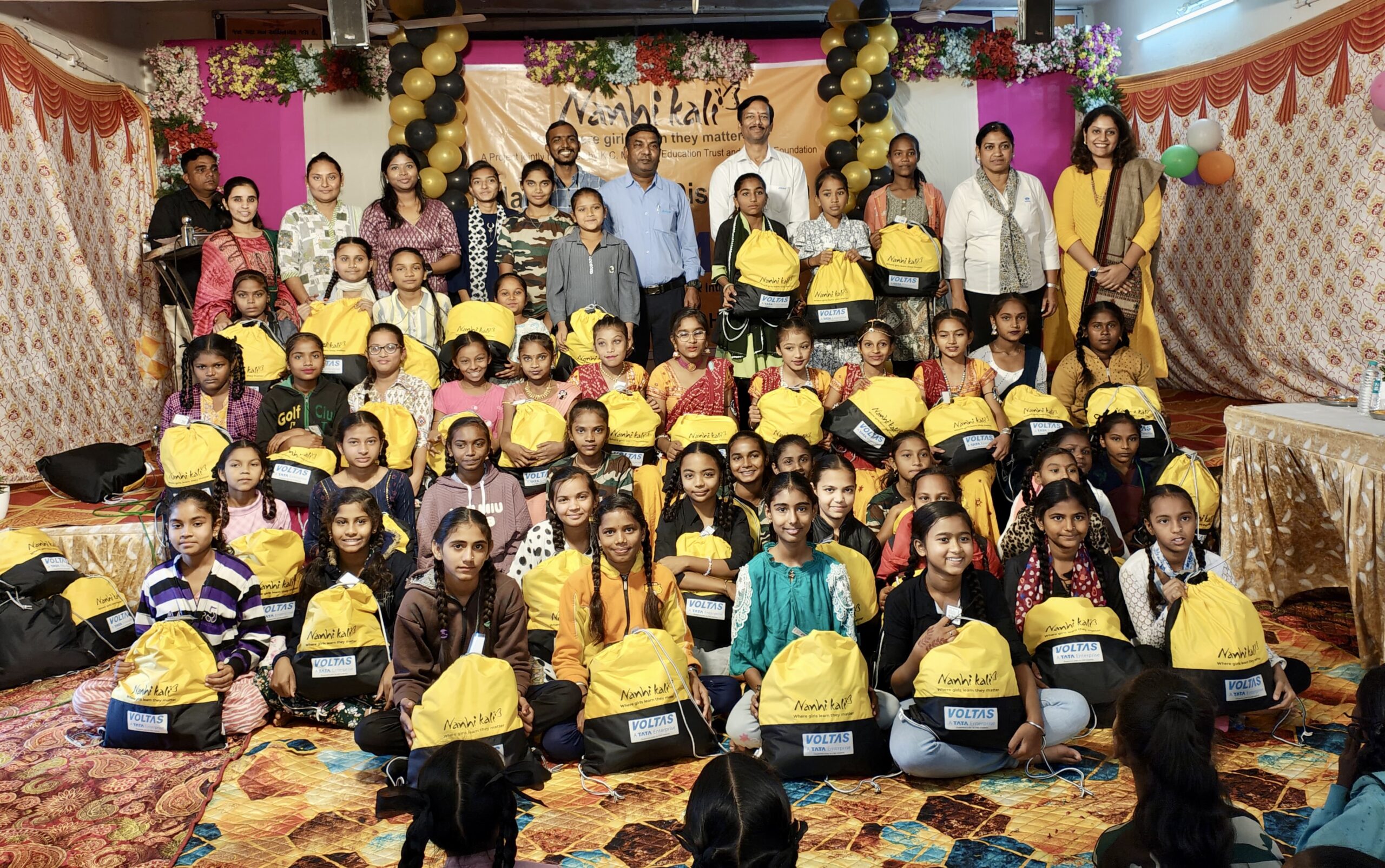Throughout India’s agricultural history, millets were a popular crop frequenting the diets and cultivated farmlands of many agrarian communities. These small but resilient grains—ragi, jowar, bajra, and many more varieties—formed the backbone of rural food systems in many parts of India. They were grown by smallholder farmer families who preserved their seeds and cultivated them for their nutritional benefits and environmental resilience, passing down their knowledge through generations. However, when the Green Revolution swept across India from the 1960s onwards, the cultivation and food cultures of millets, along with that of many other traditional grains, changed dramatically. Rice and wheat took center stage.
Since Naandi’s inception in 1998, Naandi has been working to eradicate poverty. Making the food system sustainable and increasing food and nutrition security has been an essential part of our work. Our first steps towards this mission were taken in the early 2000s with Naandi’s participation in the government’s Midday Meal scheme, which included delivering freshly cooked noon meals to over 1.1 million children across India each day. The next leap was the HUNGaMA (HUNGer and MAlnutrition) Survey: one of India’s largest data-gathering efforts on child nutrition by a non-government entity. This survey captured the nutritional status of over 100,000 children and the voices of 75,000 mothers across 100 of India’s poorest districts, thereby offering a ground-level status of child nutrition in the country. The findings spurred action through HUNGaMA Next: an initiative that worked across more than 800 tribal villages, guiding mothers through the critical first 1,000 days of a child’s life—an essential window where the right nutrition can alter a child’s lifelong trajectory of health and wellbeing.
Through these projects, a deeper realisation took root: achieving nutritional security as a nation requires a fundamental shift in how we cultivate food and take action to ensure its quality. Thus began Naandi’s journey into rebuilding fertile soils and biodiverse farms through organic-regenerative agriculture. As our efforts in this field gained momentum, conversations about sustainable food systems and regenerative farming became ever more important to have within our teams and to initiate with our partners and other like-minded organisations. With our ear to the ground and antennas tuned in, we are always on the lookout for researchers, policymakers, and grassroots initiatives working towards a more diverse and nutrition-focused agricultural future.
It was both encouraging and validating, then, to see one of our long-term research partners, the International Crop Research Institute for the Semi-Arid Tropics (ICRISAT), take the lead in hosting a conference on ‘Promoting Millets in the PDS.’ In collaboration with the Tata Cornell Institute, this event brought together policymakers, researchers, and grassroots organisations to explore actionable solutions: How do we integrate millets into the PDS? How can we shift consumer behavior towards choosing millets as nutrient-rich alternatives? And how do we support farmers to grow these crops profitably and sustainably?

Our CEO, Manoj Kumar, had the privilege of leading a panel discussion at this event, where innovations and insights were shared from millet cultivation projects across the country. Several states have begun experimenting with millet integration in government programs to demonstrate that change—although slow to mobilise—is indeed possible with the right policy incentives and community engagement. Local processing units, value addition enterprises, and nutritional awareness campaigns all play a role in reviving cultivation patterns and demands for millets once more.
For Naandi supporters and the wider conference attendees, one message was clear: at the heart of the millets movement is a belief that agriculture is a culture with a framework in place not just to feed people—but to regenerate ecosystems, empower farmers, and improve public health. This belief is embodied in our Arakunomics model: the organic-regenerative methodology that restores soil fertility and reaps quality produce while ensuring profitable livelihoods for farmers. And it is championed by our organic-regenerative experts, who strive to prove that a different way of growing and consuming food is not just possible—it is necessary.
One of our experts in this field, David Hogg (Naandi’s chief regenerative agriculture advisor), has recently received the Annai Lea Provo Honour for the impact of his work to uplift smallholding farmer livelihoods with organic-regenerative agriculture. This award was presented at the AgLiberte 2025 conference for Eco-alliance for Participatory Growth, held in its fifth edition in Coimbatore, Tamil Nadu. On behalf of Naandi, we extend our congratulations—not just to David, but also to the thousands of farmers who have adopted our organic-regenerative methods, to all scientists and grassroots organisations advocating for a diversified PDS, to the policymakers pushing for change, and to every individual who believes, as we do, that food systems can be reformed for the better.





